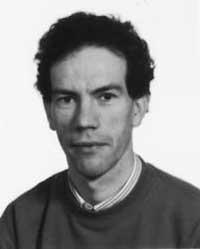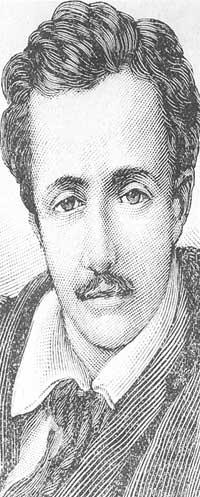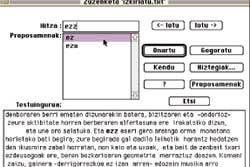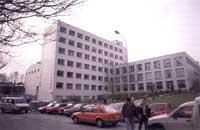Klaudio Harluxet, computer scientist
1994/04/01 Sarasola, Kepa Iturria: Elhuyar aldizkaria
The vascophile and computer scientist Klaudio Harluxet has recently died. What we have read in newspapers with their identity has remained in political or business explanations. It has been recalled that in the City of Baiona managed to be elected with the votes of all the nationalists and that we had one of the founders of the business group Iparralde SEI. But for those of us who have met the computer scientist Klaudio this feature has been fundamental.
In the article entitled “Brief Computer Science Dictionary”, published in the journal Elhuyar in 1975, he proposed a collection of 74 words along with a basic explanation of computer science. Two years later in the same magazine he published another article with René Harluxet. It addressed the “information theory” of Shannon, the basis of computer science, denying the possible difficulty of Basque in computer science.
In Pamplona he presented in the EU in 1989 “Industrias e Informática de la Lengua” and in 1990 at the round table of the VI SEPLN in Donostia. Then the company Hizkia was created under the protection of the group SEI of Baiona. Currently in Euskal Herria there are 12 groups of researchers working on automatic language processing. It is attractive to find the hidden capabilities that humans use to understand their language, as well as computer simulation or emulation.

But the real challenge was placed by engineer Klaudio when creating useful systems. Despite not having achieved a complete understanding of phrases, today computer science can offer very useful tools for linguistic treatment. Let's be quick! Let's look for the specific application field, user type and terms of use! Why not in terminology? In the vocabulary? In text editing? Text storage? In the search for information? That was Klaudio's motto.
Let's take a practical example to face this challenge: After learning about the needs of UZEI in 1980, five experts agreed on the difficulty of the problem. On the one hand, the large number of chips and, on the other, the large size of the different data sheets, make that in the computers of 1980 no application can be obtained in reasonable economic conditions.
The data of the problem is not regular data treated by classical computing. Two months later he returned with the Klaudio solution. The key to his invention was very simple: trees. Yes, yes, in computer science there are also trees! Each tree has a root and as many children (branches) as you like, and children are also defined as trees. Normally the tree represents hierarchical structures between different information elements.
As a professional, Klaudio owned a virtue that is rarely found: to know the needs and desires of the user it was put at his level. With a lot of patience, I started talking to this user and gradually performed the analysis of the problem. Thus, the analysis of the RTerm application used by UZEI and others was the result of a train conversation between Baiona and Paris.
Finally, let us listen to the final invitation of that first article that brings back the echo: “To investigate and explain in more detail what a computer is, many more words are needed. Because our work is finished or finished, we only offer the reader these words, which we call us to complete this work.”

Gai honi buruzko eduki gehiago
Elhuyarrek garatutako teknologia






